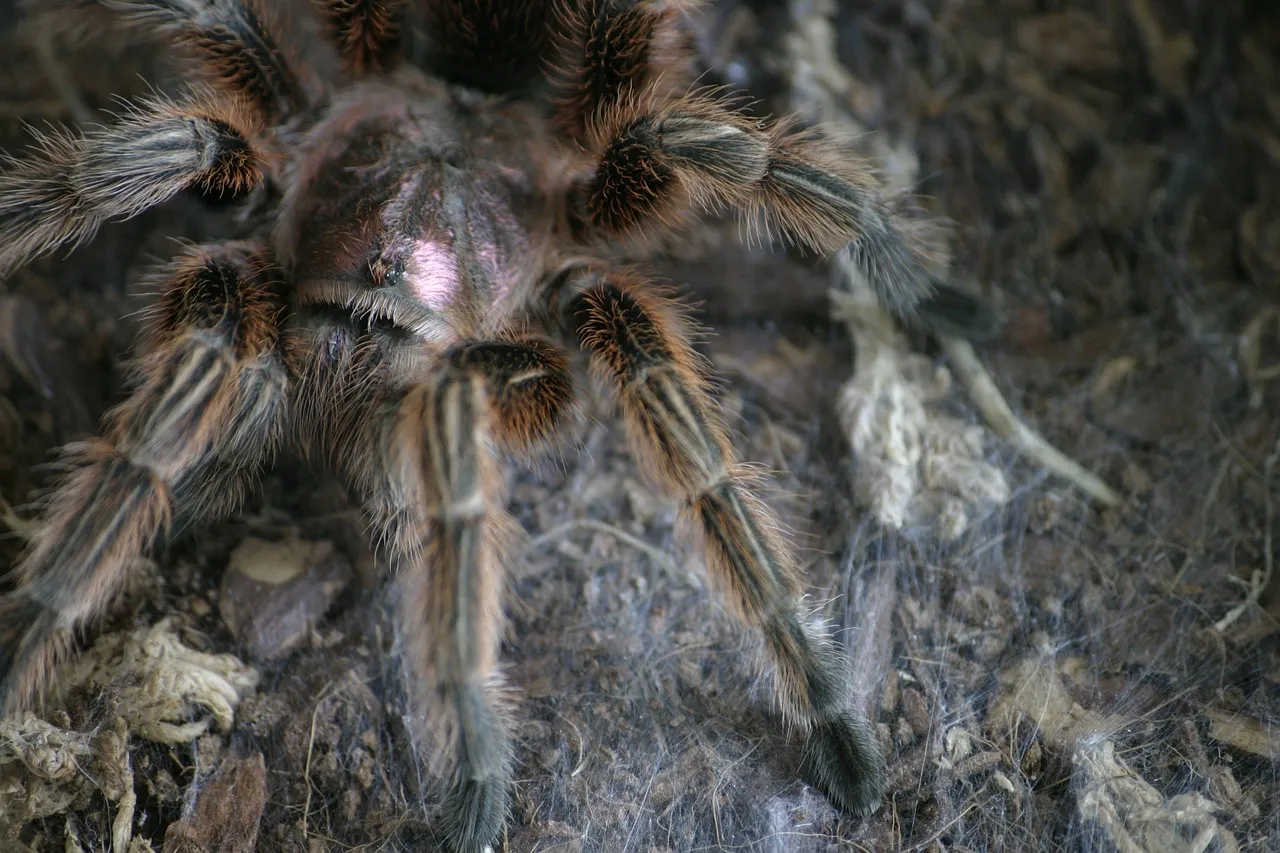What Makes Chilean Rose Tarantulas Unique
The Chilean Rose Tarantula (Grammostola rosea) is a popular pet tarantula, and for good reason. These spiders are known for their docile temperament, making them relatively easy to handle and observe. Their beautiful coloration, which ranges from shades of brown to rose-pink, adds to their appeal. Creating videos of these fascinating creatures allows you to share their unique characteristics and behaviors with the world. This guide will unlock the secrets to capturing stunning Chilean Rose Tarantula videos, from setting up your filming environment to editing and sharing your final product. Understanding the unique aspects of these creatures is the first step in creating informative and engaging content.
Appearance and Characteristics
Chilean Rose Tarantulas are characterized by their earthy brown color, often with rose-pink hairs that become more pronounced with maturity, especially in females. They have a distinctive hairy appearance, with a relatively long lifespan compared to other tarantula species. Their legs are covered in fine hairs, giving them a velvety look, and they possess large fangs for capturing and subduing prey. These tarantulas are native to the arid regions of Chile, where they burrow in the ground or find shelter under rocks. Their appearance is a key element in creating visually appealing videos. Knowing their physical traits is essential for creating content that accurately portrays their beauty and character.
Size and Lifespan
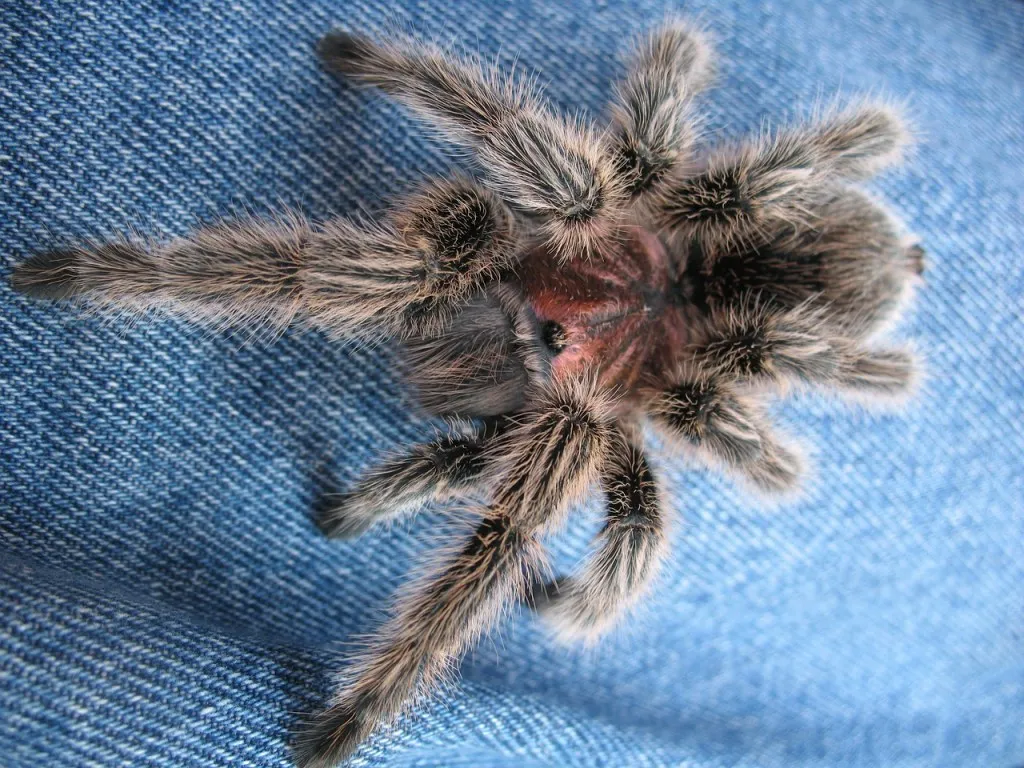
The size of a Chilean Rose Tarantula typically ranges from 5 to 6 inches in leg span. Females are generally larger and live significantly longer than males, with a lifespan of up to 20 years, while males typically live for 5-7 years. This longevity makes them a long-term companion and a great subject for documenting their life stages in videos. Understanding the growth rate and lifespan allows you to plan your video projects and anticipate changes in the tarantula’s appearance and behavior. Documenting the growth over time is a great way to connect with viewers who are also tarantula enthusiasts or those simply interested in learning more.
Behavioral Traits
Chilean Rose Tarantulas are known for their generally docile temperament, but they can display defensive behaviors if threatened. They are typically nocturnal creatures, which means they are most active at night. They spend most of their time in their hide, but they can often be seen out and about during feeding time. Some may also engage in behaviors such as kicking urticating hairs as a defense mechanism. Capturing these behaviors on video requires patience and a good understanding of their natural habits. Providing an appropriate environment will encourage them to display their natural behaviors, such as burrowing, feeding, and exploring their enclosure, all of which make for interesting video content.
The Ultimate Chilean Rose Tarantula Video Secrets
Creating captivating videos of your Chilean Rose Tarantula involves more than just pointing a camera at your pet. Proper planning, equipment selection, and post-production techniques are critical to producing high-quality videos. From choosing the right camera settings to editing your footage, this section will provide the insights you need to create stunning videos that viewers will love. We’ll explore the intricacies of filming, editing, and sharing your videos, so you can showcase your tarantula in the best possible light, and share the beauty and mystery of this amazing species.
Setting Up Your Filming Environment

The environment in which you film your Chilean Rose Tarantula has a significant impact on the video’s quality. The enclosure should be clean and well-maintained, providing a natural-looking habitat. Ensure the enclosure is free from distractions and anything that could potentially harm your tarantula. Avoid reflections or glare on the glass. A backdrop with neutral colors can help to create a pleasing visual aesthetic. Providing a well-lit and spacious area ensures that your tarantula will be visible and that your videos are clear and professional. A well-prepared setup enhances the overall viewing experience and allows the subject to be the star.
Choosing the Right Equipment
Selecting the appropriate equipment is vital for high-quality video. You don’t need expensive equipment to start, but some basic gear will improve your results. A good camera, whether a smartphone or a dedicated video camera, is a must. A tripod will ensure stable footage, and external lighting can dramatically improve image quality. Consider investing in a macro lens or close-up lens to capture the intricate details of your tarantula. Sound quality is also essential. Although not always critical, an external microphone can improve the audio clarity, particularly for any commentary or sound effects. These tools are vital for capturing footage that is both visually appealing and professionally presented.
Camera Selection and Settings
For camera selection, a smartphone with good video capabilities is often sufficient for beginners. However, for enhanced quality, consider a digital camera or a mirrorless camera that can record in high resolution (1080p or 4K). In terms of settings, film at a high frame rate (30 or 60 frames per second) to allow for slow-motion editing. Use a low aperture setting (f/2.8 or lower) to create a shallow depth of field, which helps to isolate your tarantula from the background. Experiment with manual focus to ensure sharpness, and adjust the ISO to control the sensitivity to light. The right settings help to deliver a clear, well-lit video.
Lighting Techniques
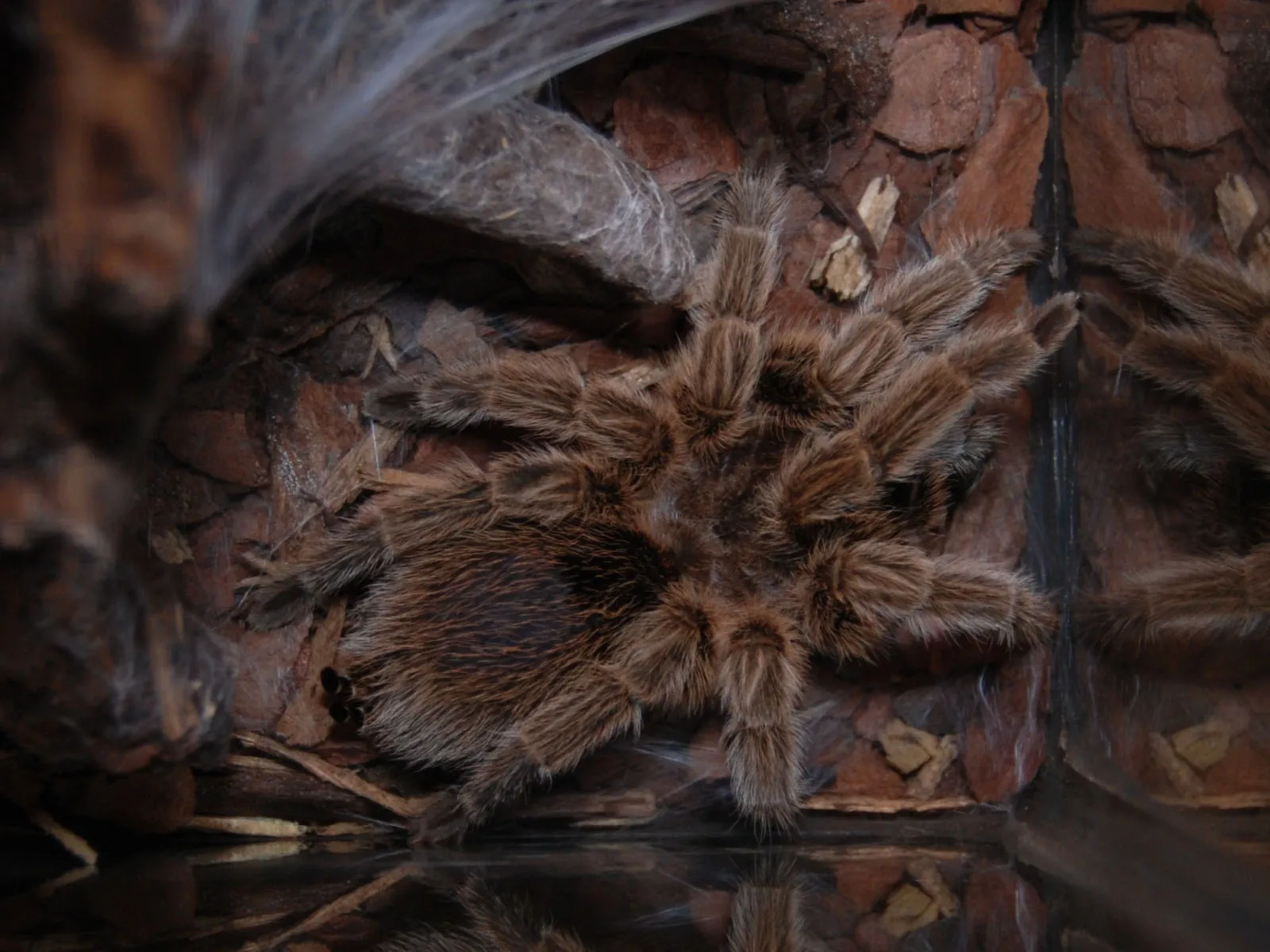
Lighting is a critical aspect of producing high-quality videos. Natural light is ideal, but it can be inconsistent. Consider using softbox lighting or LED panels to provide even and controlled light. Position the lights strategically to avoid harsh shadows. Try using a diffused light source to soften the light and reduce glare. Ensure that the lighting is bright enough to illuminate the tarantula without overheating the enclosure. Experiment with different lighting setups to find what works best for capturing the details and colors of your Chilean Rose Tarantula. Proper lighting is essential for producing visually appealing videos.
Capturing Compelling Footage
Capturing engaging video requires patience, observation, and creativity. Plan your shoots in advance by observing your tarantula’s behavior. Film when your tarantula is most active, usually during feeding or molting. Vary your shots by using different angles, such as close-ups, wide shots, and overhead views. When filming, use a tripod to keep the camera stable. Capture short clips to maintain viewer interest. Remember to be respectful of your tarantula and avoid causing unnecessary stress. The goal is to capture its natural behaviors and display its beauty in a way that keeps the viewer engaged.
Feeding and Molting Videos
Feeding and molting are fascinating behaviors to capture on video. When filming feeding, focus on the tarantula’s predatory instincts. Choose prey items appropriate for the size of your tarantula. Place the food item carefully and wait for your tarantula to strike. Capture the feeding process from start to finish, including the tarantula’s approach and the meal. Molting is a more delicate process, so create an environment that is secure and provides privacy for your tarantula. Document the entire process, if possible, showing the tarantula’s careful movements. Providing clear footage and commentary enhances the viewers’ experience.
Handling and Interaction Videos
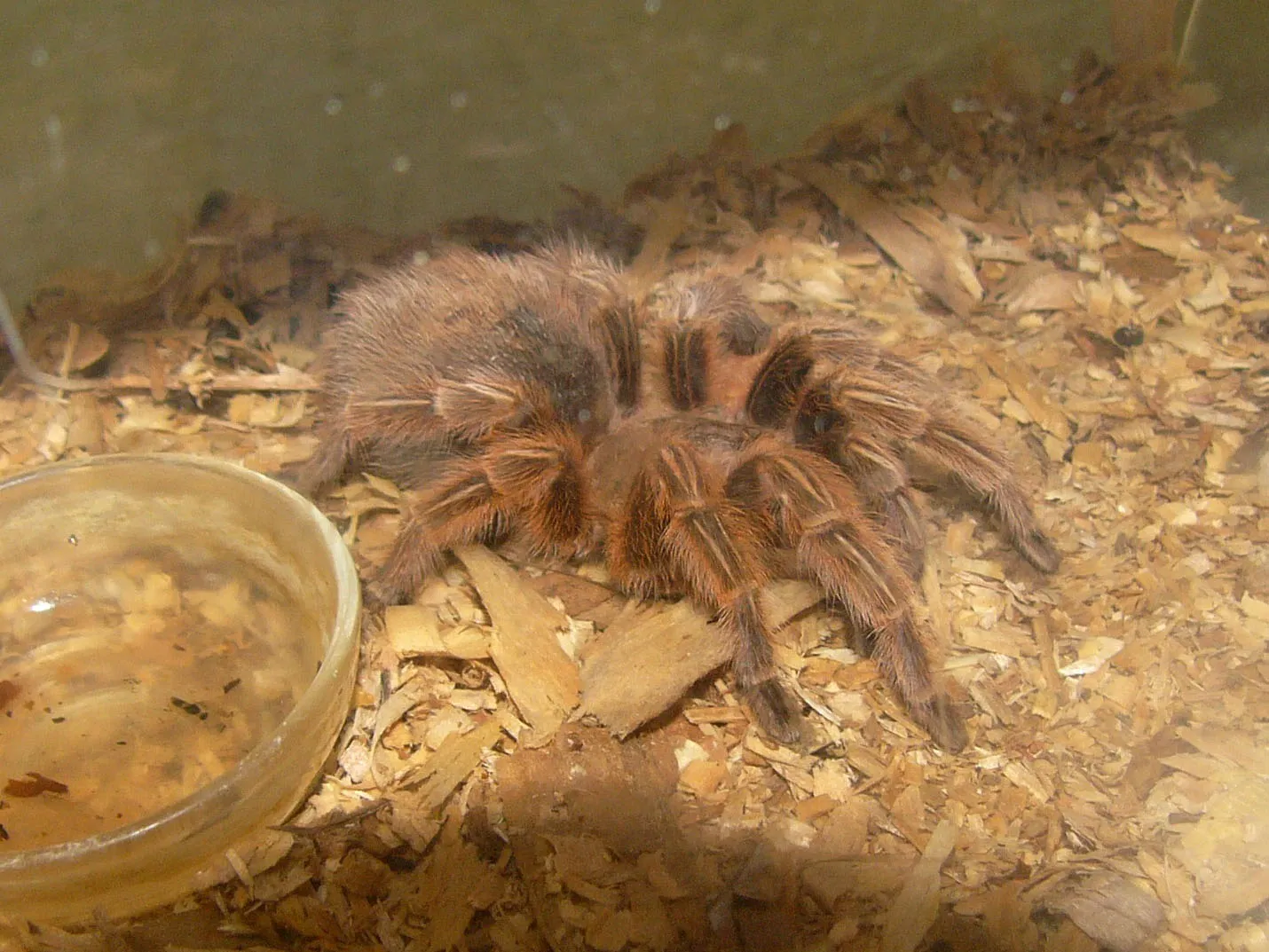
Handling videos should always prioritize the safety and well-being of the tarantula. If you choose to handle your tarantula, do so with caution and respect. Handle the tarantula gently and avoid sudden movements. Explain the process and any risks involved to viewers. Always supervise children, and never leave a tarantula unattended while handling. If your tarantula is displaying any defensive behaviors, it is best to avoid handling altogether. The goal is to educate viewers on responsible pet ownership, and handling is a way to demonstrate this responsibility. Show how to handle a tarantula, with safety as the utmost priority.
Editing and Post-Production
Post-production is where you transform raw footage into polished videos. Use video editing software to trim unwanted footage, add transitions, and adjust color and brightness. You can also add text, captions, and graphics to provide context and information. Music and sound effects can enhance the viewing experience, but be mindful of copyright issues. The aim is to create a compelling narrative that holds the viewer’s attention. It is always better to keep it simple, avoiding unnecessary effects that could distract from the tarantula. Editing is where you create a video that’s both informative and entertaining.
Adding Music and Sound Effects
Music and sound effects can add depth and emotion to your videos. Choose music that complements the video’s theme and mood. Use royalty-free music or purchase a license to avoid copyright issues. Sound effects, such as the sounds of the tarantula moving or eating, can add realism and engagement. However, ensure that the music and sound effects don’t overwhelm the video. The goal is to enhance the viewing experience, so make sure the sound quality is high and the levels are balanced. Carefully selected music and sound effects will elevate your videos, enhancing the viewer’s experience.
Optimizing Your Video for YouTube
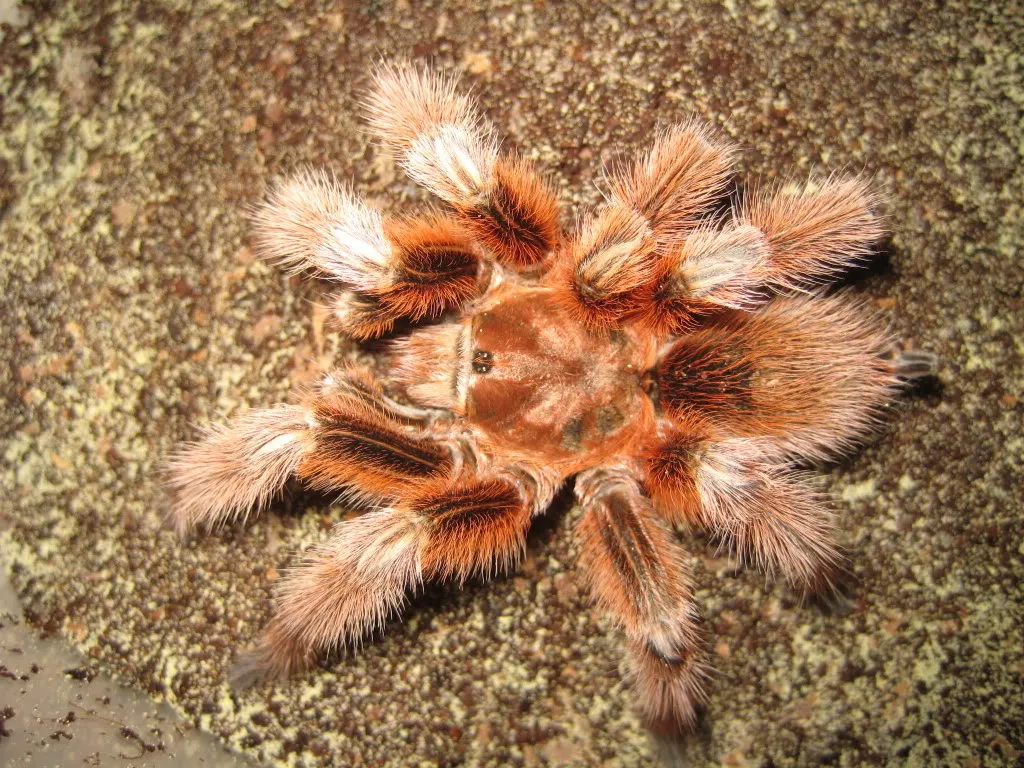
Optimizing your videos for platforms like YouTube is crucial for reaching a wider audience. Choose a relevant title and write an informative description that includes keywords related to your video. Add tags to help viewers find your content. Create an eye-catching thumbnail image. Engage with your audience by responding to comments. Use YouTube analytics to track your video’s performance and identify areas for improvement. These strategies increase the visibility of your videos and allow you to connect with more viewers. Optimizing your videos for YouTube can help grow your audience and share your passion for Chilean Rose Tarantulas.
Keywords and Descriptions
Effective keywords and descriptions are essential for search engine optimization (SEO). Use relevant keywords, such as “Chilean Rose Tarantula,” “tarantula care,” and “pet tarantula,” in your video title, description, and tags. Write a clear, concise description that explains what the video is about and provides useful information. Include a call to action, such as asking viewers to subscribe or leave a comment. A well-crafted description and selection of keywords will enhance the visibility of your videos and attract more viewers. Always ensure your descriptions are accurate and informative to encourage engagement.
Engaging Your Audience
Engaging with your audience is key to building a community. Respond to comments, answer questions, and encourage viewers to share their thoughts. Ask for suggestions for future videos. Collaborate with other creators in the tarantula community. Interact on social media platforms. Promoting and engaging with your audience fosters loyalty and encourages viewers to return to your channel. Building a community around your videos enhances the viewing experience and provides more opportunities to share your passion.
Common Mistakes to Avoid
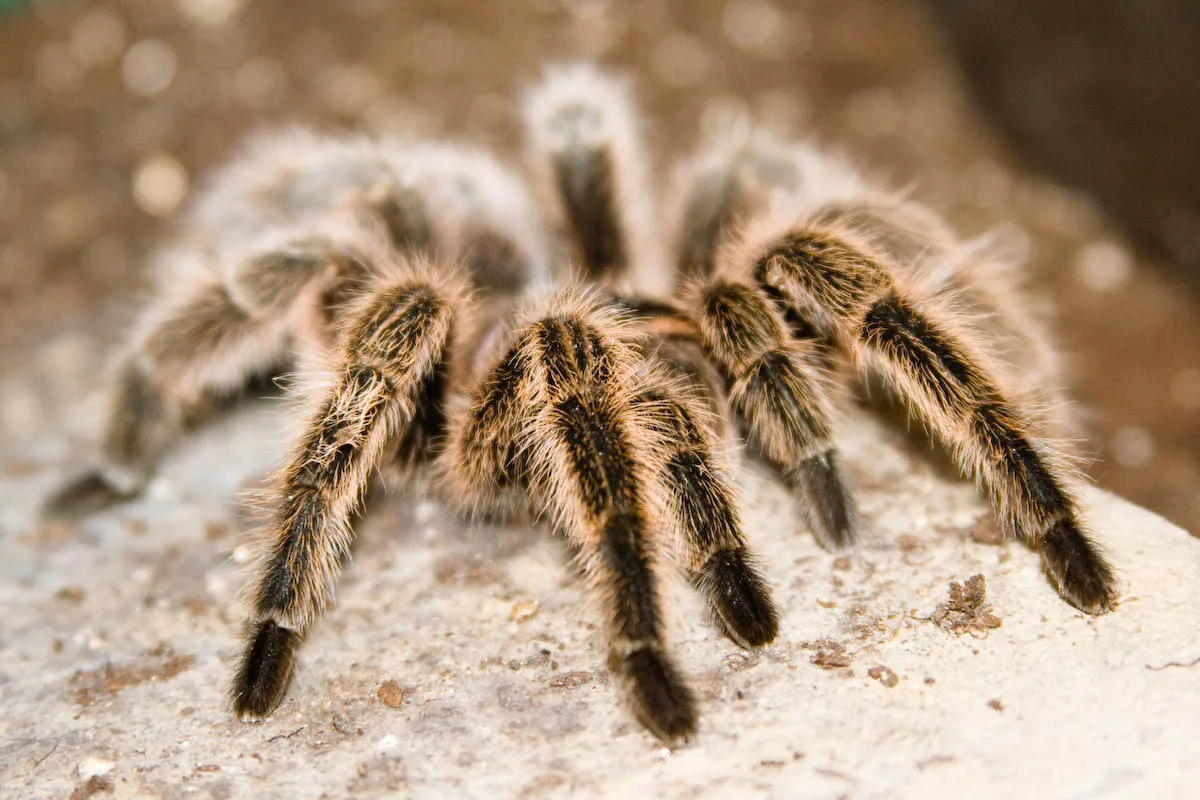
Avoiding common mistakes can significantly improve the quality of your videos. This section outlines some of the frequent pitfalls and how to avoid them. The more mindful you are of these issues, the better your videos will be. Addressing these problems will ensure a better viewer experience, and your videos will be more engaging.
Poor Lighting and Focus
Poor lighting and focus are two of the most common problems in tarantula videos. Make sure the enclosure is well-lit and the camera is properly focused on the tarantula. Use external lighting if necessary, and adjust the focus manually for the best results. Regularly check the focus throughout your recording to avoid blurry footage. If the lighting is insufficient, the video may appear dark, making it difficult to see your tarantula. Make sure you have a good lighting setup. Clear focus will engage the viewer and make it easier for them to see and enjoy the tarantula.
Unnecessary Camera Movement
Excessive camera movement can be distracting and make your videos difficult to watch. Use a tripod to keep the camera stable. Avoid unnecessary pans, zooms, and tilts. If you need to change the camera angle, do it smoothly and deliberately. Always think about the audience and the clarity of the video. Jerky movements can cause motion sickness and distract the viewer from the tarantula. Maintaining steady and consistent camera work is crucial.
Ignoring Ethical Considerations
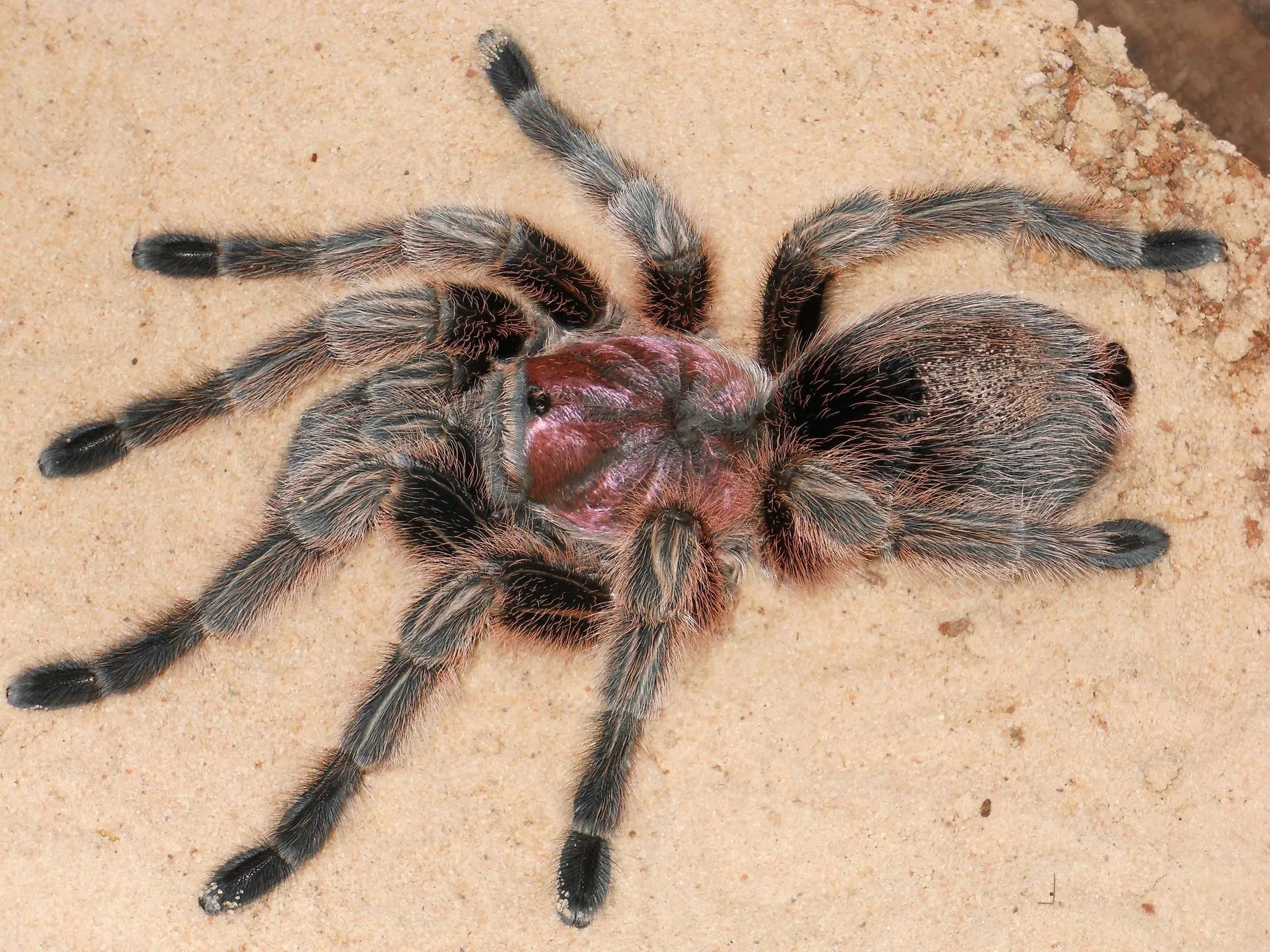
Always prioritize the welfare of your tarantula. Never force the tarantula into a situation it may not be comfortable with, and never cause it undue stress. Avoid handling your tarantula unless necessary. Always provide a safe, clean, and enriching environment for your tarantula. Ethical considerations are crucial for responsible pet ownership. Your audience will appreciate the care you show towards the animal. The goal is to educate and inform, not to cause stress to your tarantula.
Where to Find More Chilean Rose Tarantula Videos
There are many online resources for learning more about Chilean Rose Tarantulas and watching videos. YouTube is a great place to find videos of these amazing creatures. You can find other creators who share their experiences. Search for channels dedicated to tarantula care, handling, and breeding. Websites like Arachnoboards and various social media platforms also provide forums, communities, and videos. Make sure to follow reputable sources and be critical of the information provided. Observing other videos can also inspire you to create your own content.
